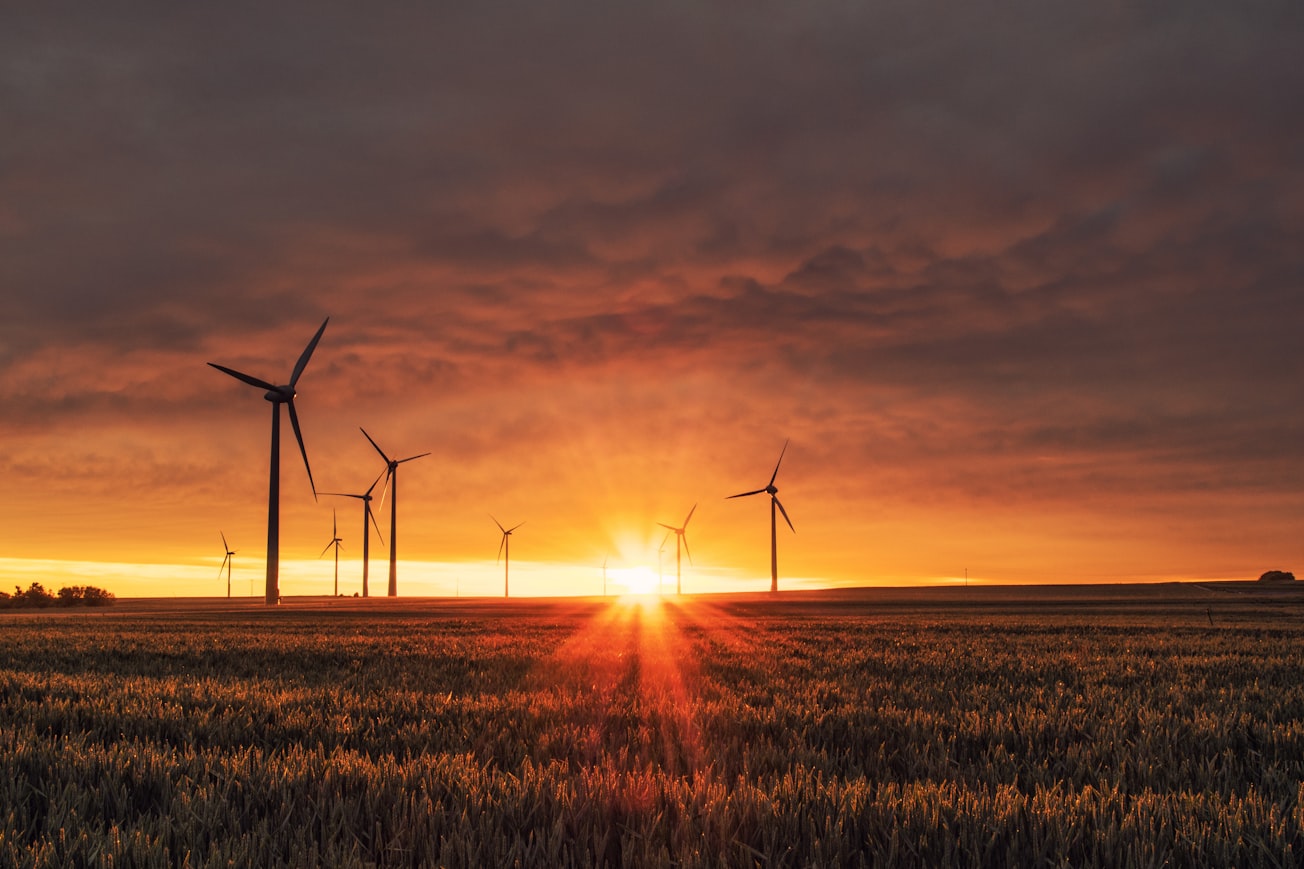What is it about?
Blockchain technology, essentially involving shared and distributed data structures, allows secure digital transactions and stores them in a decentralised fashion. This makes it both transparent and tamper-proof. While their use in cryptocurrency is well-known, blockchains could also be harnessed to realise more eco friendly energy systems. In this article, the authors provide an overview of the fundamentals of blockchain technologies and investigate what blockchain solutions could bring to the table in the energy sector. They present a thorough literature review and focus on recent business cases comprising 140 research projects and startups. Finally, they analyse the potential benefits and limitations of blockchains in energy-related applications.
Featured Image

Photo by Karsten Würth (➡️ @karsten.wuerth) on Unsplash
Why is it important?
Energy distribution systems are becoming increasingly complex as they adopt technologies from a wide variety of fields, such as smart grids, renewable energy generation, and peer-to-peer energy trading. As power networks evolve, the need to exchange and manage data also grows. This exposes the inherent weaknesses of centralised management and operation in modern energy systems, hindering the deployment of innovative applications. Blockchains could help solve this issue by implementing attractive features in power networks, both from the company and consumer side. This could enable new approaches to billing, trading, grid management, and resource sharing, and even lead to completely decentralised energy grids. KEY TAKEAWAY Blockchains are not only useful for secure transactions but could also benefit the energy industry and our climate by motivating people to adopt renewable energy resources and reducing electric prices.
Read the Original
This page is a summary of: Blockchain technology in the energy sector: A systematic review of challenges and opportunities, Renewable and Sustainable Energy Reviews, February 2019, Elsevier,
DOI: 10.1016/j.rser.2018.10.014.
You can read the full text:
Resources
Contributors
Be the first to contribute to this page







